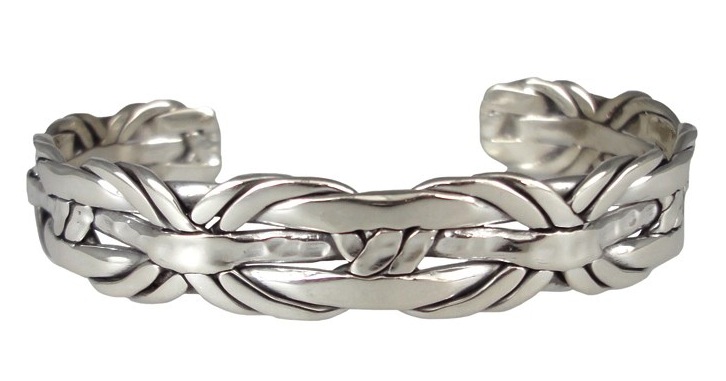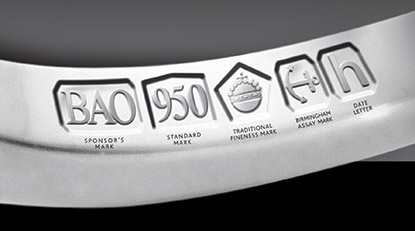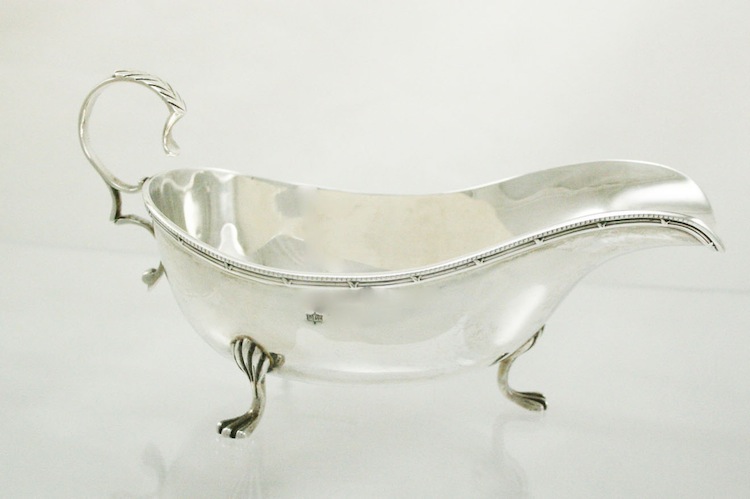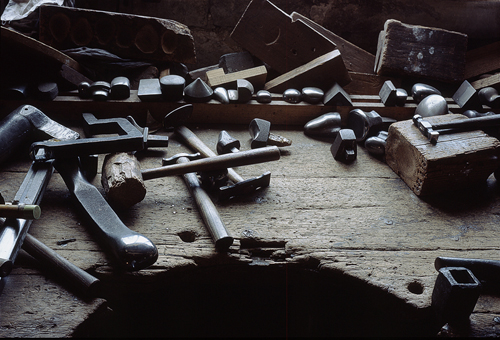No one knows exactly when or how pewter was invented. Chinese pewter, believed to be about 2,000 years old, has been found. One of the reasons the Romans wanted to control England was because they wanted Cornwall’s tin, copper, and lead mines, perhaps to make pewter. Romans used pewter for small utensils and seals. Some experts think items made with pewter were melted again after they were worn out, making pewter artifacts scarcer than they otherwise might be.
During the 1200’s and 1300’s, aristocrats in Europe used plates and utensils made out of pewter. By the mid-1300’s, the pewter industry had grown to a point where guilds were formed to assure the quality of work being produced was adequate.
By the 1400’s, pewter tableware graced the tables of all classes of people. The use of pewter continued to increase through the 1600’s, when master pewter artisans worked in both Europe and the New World.
During the 1700’s, the popularity of pewter started to decline. The advent of porcelain took its toll. During the 1800’s, the invention of electroplating basically killed off what was left of the pewter tableware industry.
Although pewter tableware went out of fashion, pewter was still used by many artists of the Art Nouveau and Arts and Crafts periods. Artists during this period used pewter to create beautiful pieces of art, many of which are still treasured today.
During the 1950’s and 1960’s, centrifugal casting was developed. This new technology led to an increased popularity of the use of pewter in jewelry and art ware. (Laura Evans)
Image Credit: vam




















